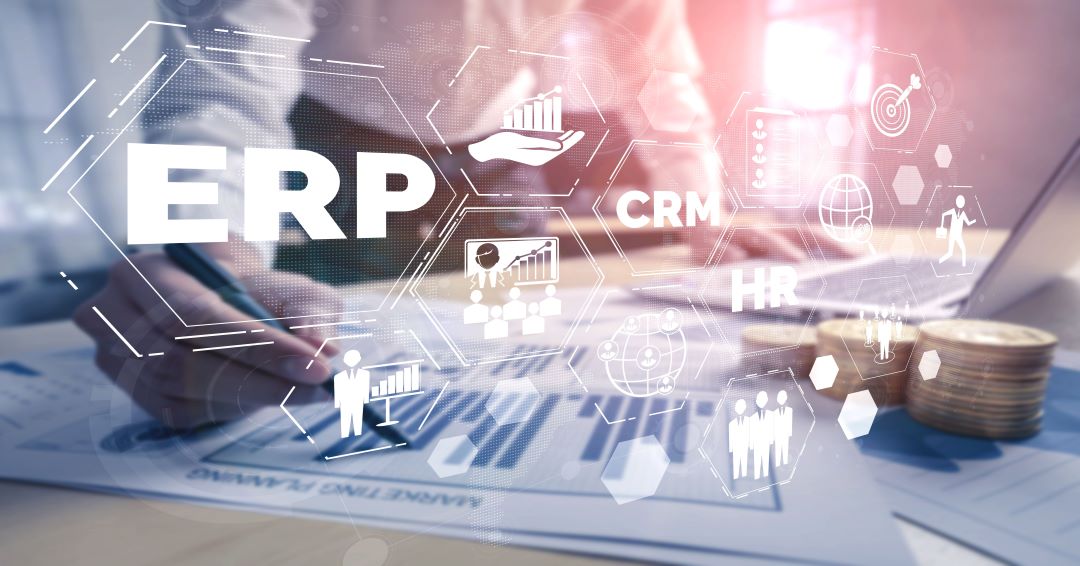Big retail organizations have a wealth of data in their hands: descriptive characteristics of thousands of products codes, geographically dispersed stores, sales per product code per store, online sales, live inventory data per store and many more information that can lead to clutter. The need for advanced Enterprise Resources Planning (ERP) software in retail emerged as soon as technology could support interworking, multitenancy, secure and reliable computing systems.
While ERP systems help tie together different strands of data, there is little to no continuity of these processes in digitizing brick-and-mortar retail. The primitive information of ERP systems is the fuel for other digital systems used to help retailers build truly market-driven operations efficiency.
A key group in retail organizations struggling with performance optimization of all stores and their assets is that of Merchandizing. This group is responsible for Demand and Space Planning which nowadays require advanced tools for automating as many processes as possible. Such tools are commonly referred to as Planogram Management Systems (PMS) and used towards automated planograms following an in-depth analysis of clientele demands, pricing, retail space, local and warehouse inventory.
Most of the primitive information that a smart PMS needs could exist and continuously be updated in the ERP system. Leaving those two systems unintegrated results to enormous overhead for Space & Category Managers, makes planogramming inefficient and bound to human error especially in the case of chains with multiple stores, thousands of SKUs and varying customer bases.
A modern PMS must be able to connect with any system, including retail ERPs. That will not only entail end-to-end optimization of the entire merchandising cycle, but also maximize the benefits of those very systems.
Namely, a state-of-the-art integrated planogram software offers:
1. Single source of truth solution
Planogram software users gain different benefits via ERP and Inventory integration: details on products characteristics, display areas and stock per store are automatically sourced by the PMS to eliminate human errors and overloading. From inventory to sales, the user can access any information through the planogram software. Data exchange between all systems is streamlined and automated. The benefit: commercial team orders can now be followed through with great precision, and visual merchandisers can generate stock & sales based (ideal) planograms taking all aspects of retail space into account.
2. Inventory up to shelf-level
Now inventory is perfectly visualized through your integrated planogram software. Users know exactly where products are across the retail chain, but also the exact category/furniture where they can find them. Furthermore, the software ensures planogram compliance using QR codes or electronic labels. Product visibility is exposed and fed into forecasting and sales analysis systems. Product registry is then transformed from a manual to continual automated process, providing full visibility of product placement whenever the user needs it. Better quality of data means tons of saved manhours, faster update of systems for stress-free merchandising so retailers can focus where it matters.
3. Ecommerce support
Greater visibility of products across all stores leads to seamless ecommerce service – a crucial element of customer satisfaction for competitive brands. Not only can users view products with up-to-date knowledge of availability and location, but – through integration with existing ecommerce systems – they can also get informed about the state of products (e.g damaged and refurbished goods) while also using their planogram software to open tickets and quickly insert product updates.
4. Automated heatmaps and in-store analytics
Having shelf-level inventory visibility provides retailers with a unique chance to use their data towards understanding category profitability across each store. Centralized analysis of product locations versus sales data per store and even per each piece of furniture, gives visual merchandisers the full picture of how each planogram is performing, highlighting most and least profitable areas in a store. In turn, this information is fed back into retail systems towards fully automated inventory optimization.
Begin your retail digitalization journey
Plano360 is an integrated planogram software that lets your sales speak for you while combining all your data towards full digital transformation of retail spaces
Book a 30-minute free consultation call with us today and find out how Plano360 can boost the efficiency of your retail organization’s systems, assets and teams.







